Motherhood, One Nap at a Time
Welcome to your digital village, where I share honest encouragement, researched baby tips, and the simple things that make the newborn days feel a little less overwhelming. Grab a cup of coffee (reheated is fine) and settle in—you’re doing a great job, mama.
Latest travel tips
Discover quick, practical insights to make every trip smoother, more fun, and a little more effortless. Whether you’re planning a weekend getaway or a long escape, these tips will help you travel smarter and enjoy the journey.
All travel tipsThe Lifestyle Starter Bundle
Get my free Lifestyle Starter Bundle and jump into a curated mix of easy routines, home tips, wellness ideas, and gentle inspiration.
Grab the guide now!What’s trending
The 10 Best Non-Toxic & Greenguard Gold Certified Cribs for Eco-Conscious Moms (2026)
Overwhelmed by nursery safety standards? I’ve done the research for you. Discover the 10 Best Non-Toxic & Greenguard Gold Certified Cribs of 2026, ranked by safety, style, and budget. From modern minimalist designs to classic farmhouses, find the perfect chemical-free sleep space for your baby—plus, get dreamy Pinterest-worthy styling ideas for each!
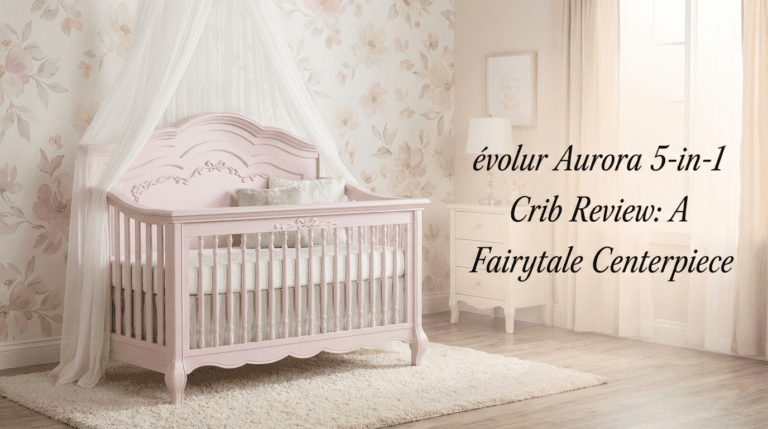 Crib
Crib
évolur Aurora 5-in-1 Crib Review: A Fairytale Centerpiece or Just Hype? (2026)
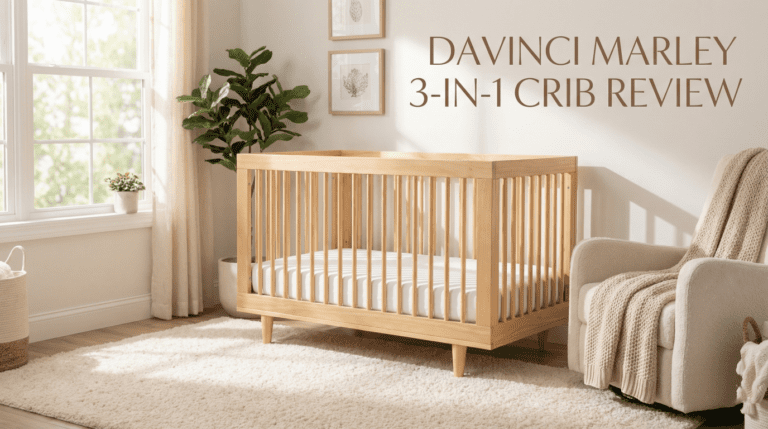 Crib
Crib
Davinci Marley 3-in-1 Crib Review: A Modern Must-Have or Just Hype?
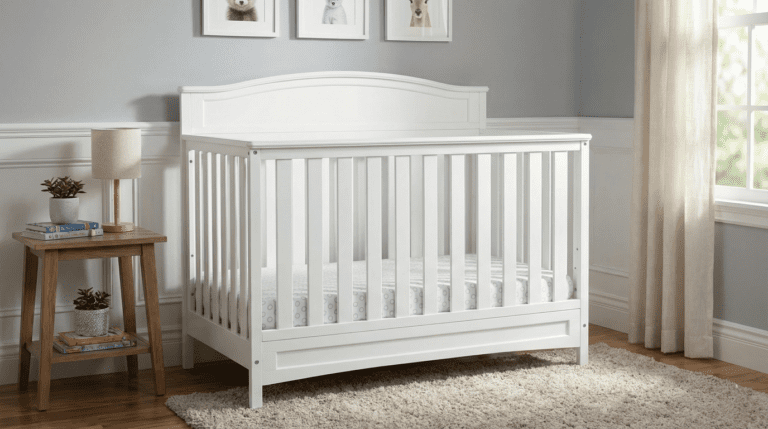 Crib
Crib
Delta Children Emery 4-in-1 Crib Review: The Honest Verdict for 2026
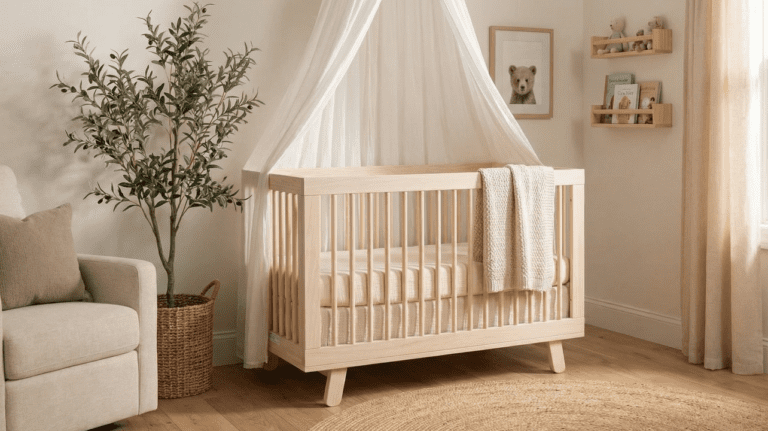 Crib
Crib
Babyletto Hudson 3-in-1 Crib Review: Is It the Perfect Modern Choice for Your Nursery?
 Crib
Crib
Dream On Me Synergy 5-in-1 Crib Review: The Truth About the Budget-Friendly Best Seller
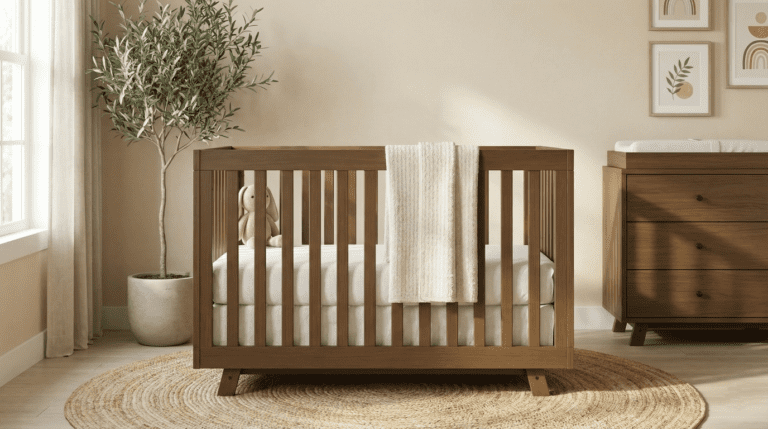 Crib
Crib
Storkcraft Beckett 3-in-1 Crib Review: A Deep Dive for Modern Parents
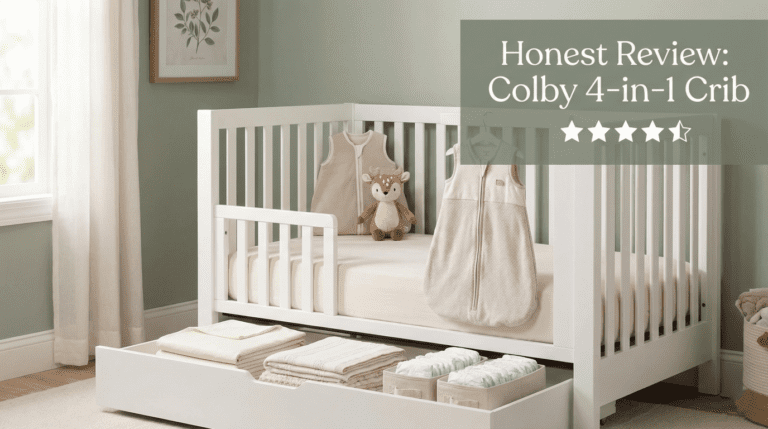 Crib
Crib
Davinci Colby 4-in-1 Crib Review: Is the Trundle Drawer Worth the Hype? (2026)
 Crib
Crib





